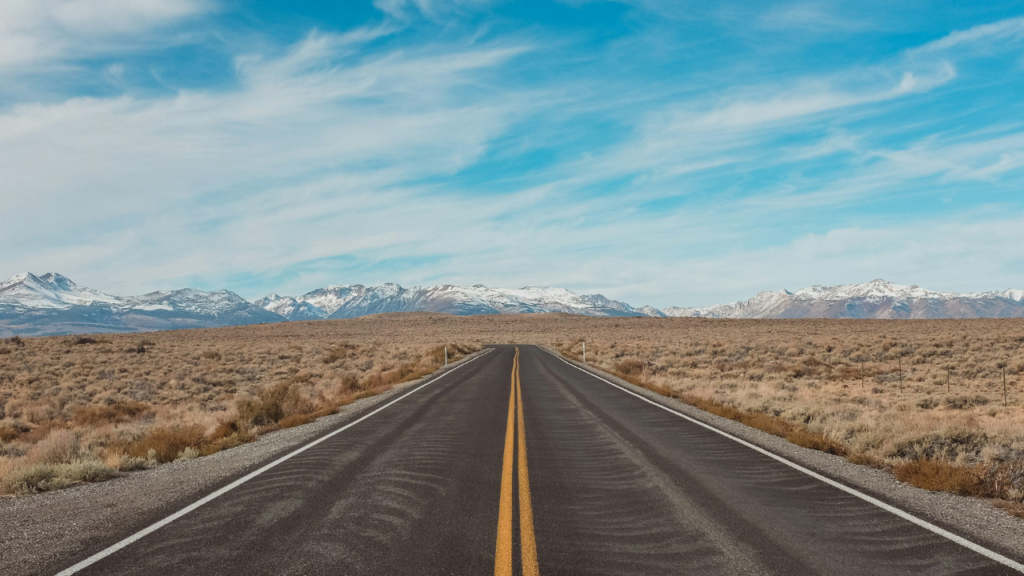One of the joys of travel is seeing how other people get on. We glimpse how they build their lives, raise their kids, deal with infirmities, and watch the world.
To the extent our trek across the US has been planned (and it hasn’t), its route connects us with old friends and dear family. It is as much a journey in time and love as it is across space.
Along the way, one recurring theme stands out—building. In visits to family or friends we have seen how others are building their lives.
The recurring theme is building, literally.
Some have gone the traditional route—wonderfully imaginative homes built by craftsmen aside lakes or nestled among mountains.
Others are taking matters into their own hands.
What is remarkable about these ‘do-it-yourself’ types, is that none of them are homebuilders or construction professionals, as such.
With their bare hands, help from friends, family, and acquaintances (and the odd contractor for the truly necessary stuff like digging deep wells or installing electricity) these intrepid relatives and chums are building more than just houses (or in one case, outhouses). They are building lives, expressing creativity, and finding joy (as well as frustration) in transforming the land and their surroundings.
We could list our heroes, talk about how amazed we are at their endurance and courage, or share photos. But somehow, that feels a bit cheap and voyeuristic.
With one exception. Just before leaving the Seattle area, we and our sister-in-law Wendy Hatheway visited Reid Kenady on his farm near Duvall, Washington.
Reid and his late wife Mary were dear friends of Merilyn and Bill Hatheway. In the early 1970s, they ditched the suburbs of Mercer Island for what was then the relative remoteness of the Snoqualmie River valley. The suburbs have since encroached, but that is not our interest.
Over 50 years, Reid and Mary built several log cabins and cottages, a main house, a sprawling work shed, greenhouses, a sauna, a pond, and pastures on their 10 acres. The construction was not always perfect, nor did all structures endure. Larry knows that from personal experience, having dug dozens of fenceposts across the property, only to discover his hard work, like the callouses they caused, has long since disappeared.
Reid is now in his mid-90s, with a mind of someone half his age, yet blessed with the wisdom of his years. He charmed the three of us with stories of fun, accidents, youth, and adventure. Surrounding us were the works of his hands—impressive structures of girth and heft, exquisite scrimshaw, graphite drawings, and sculptures.
As impressive as Reid’s individual talents are, we were struck by the composite. The composite of a life of imagination, realized. It was displayed with self-taught craftsmanship in mediums of wood, metal, paper, pencil, canvas, and paint.
A life built and built up.
In the younger generations we have visited in Michigan, Minnesota, Idaho, California, Oregon, and Washington we recognize many more Reid Kenady’s. Inspired, undaunted, adventuresome, and sometimes foolish, they are building. Building up.
Which brings us, finally, to breaking down. No amount of imagination, skill, hard work, or luck can forestall adversity.
That’s an obvious segue to our twenty-one-year-old van with 225,000 miles on it.
The inevitable happened while we were climbing a steep dirt road out of an oasis canyon surrounded by hundreds of miles of Nevada desert.
Suddenly, one of the two radiator fans on our Eurovan disintegrated into scraps of flying plastic (one of which punctured our window washer fluid reservoir).
Thankfully, the car had a second fan, and the radiator had not been damaged by the debris of its disintegrating sidekick.
Over the next two hours we limped across barren dirt roads, encountering only two lonely workers repairing a WiFi cable. Cellphone service? Nonexistent.
Somehow, we crawled into Elko, Nevada, where we had to stay for a couple of nights while the local garage found the necessary replacement parts. Even after they were installed, a glitch ensued (the polarity was reversed and the fans were blowing the wrong way, leading to an overheating van on the side of the highway and a precarious return trip to the garage).
Check-engine lights and alarms also forced us to roadside mechanics in rural California and suburban Seattle. Undoubtedly, more such detours lie ahead.
Neither of us have the mechanical or handicraft skills of those we have visited, those who are building their lives.
But we share with them, as we do with everyone, the recognition that if we are to live, to explore our surrounds and ourselves, and to learn, we must accept risk and we must cope with adversity.
Here’s to building up, breaking down, and lives well-lived.
